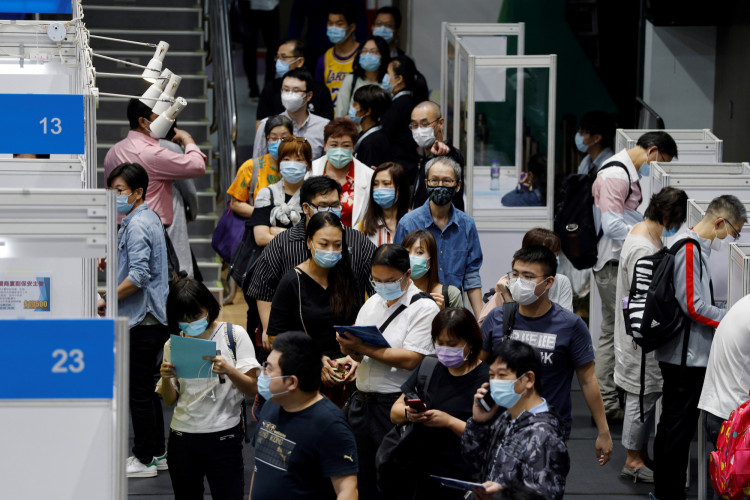The U.S. labor market remained stable last week despite a modest rise in unemployment claims, but emerging disruptions-ranging from the aftermath of Hurricane Helene to labor strikes-threaten to muddy the economic outlook in the coming weeks. According to a report from the Labor Department, the number of Americans filing new applications for unemployment benefits increased slightly by 6,000, reaching 225,000 for the week ending September 28. While these figures still reflect a relatively robust labor market, external factors may soon bring additional pressures.
The rise in unemployment claims follows several weeks of a steady labor market, with layoffs remaining at historically low levels. However, the combination of a destructive hurricane that tore through the southeastern U.S. and ongoing strikes at Boeing and U.S. ports could soon distort employment trends, potentially complicating the Federal Reserve's efforts to manage inflation and interest rates.
Christopher Rupkey, chief economist at FWDBONDS, noted that for now, the labor market is still in a solid position, remarking, "The labor market looks steady as a rock, and the economy appears to have avoided a recession." However, he also warned that the Fed is unlikely to rush into aggressive interest rate cuts unless there is a noticeable deterioration in job market conditions.
On an unadjusted basis, claims fell by just over 1,000 to 180,647, a figure that was slightly below government models predicting a larger drop. While Michigan was the only state to report a significant uptick in claims, overall filings remain consistent with a stable labor market.
Yet the calm may not last. The aftermath of Hurricane Helene, which devastated parts of North Carolina, South Carolina, Georgia, Florida, Tennessee, and Virginia, could soon disrupt local economies. The storm destroyed homes, infrastructure, and tragically claimed at least 162 lives, prompting Homeland Security Secretary Alejandro Mayorkas to forecast a "multibillion-dollar recovery" effort that could stretch over several years. This long recovery process could lead to localized unemployment spikes as businesses and industries seek to rebuild and recover.
Adding to the potential strain on the labor market, about 30,000 Boeing machinists and 45,000 dockworkers from U.S. East and Gulf Coast ports are currently engaged in strikes. Although striking workers are not eligible for unemployment benefits, the ripple effects of their industrial action may be felt throughout the supply chain, causing temporary layoffs in related industries. Boeing has already announced furloughs of tens of thousands of employees, including executives, managers, and other U.S.-based staff, as a direct consequence of the walkouts.
While the impact of these disruptions is still unclear, economists and labor market analysts are concerned that prolonged strikes or further weather-related setbacks could severely affect the job market. These issues come at a time when the Federal Reserve is carefully calibrating its interest rate policy. Following a 50-basis point cut in September, the Fed is aiming for a gradual reduction in borrowing costs while maintaining the stability of the labor market. Chair Jerome Powell recently emphasized that while the central bank remains cautious, there is potential for additional quarter-point rate cuts, depending on how the economy evolves.
Despite these concerns, recent data show that the number of people receiving ongoing unemployment benefits-a proxy for hiring-has remained steady. The number of continuing claims dropped by 1,000 to a seasonally adjusted 1.83 million in the week ending September 21. This suggests that while new layoffs are being monitored, the overall employment situation remains resilient.
However, the strikes at Boeing and U.S. ports could have broader implications if they persist. Notably, economists have cautioned that if these labor stoppages continue into October, the effects could significantly drag down payroll numbers-just as the November presidential election approaches. Prolonged disruptions could also result in supply chain delays, particularly in sectors like manufacturing, agriculture, and retail, where businesses rely on the smooth flow of goods through these critical shipping hubs.
For now, economists are forecasting a steady, if modest, rise in job numbers. Nonfarm payrolls are expected to increase by 140,000 in September, according to a survey by Reuters. This is slightly below August's gain of 142,000, as the labor market continues to cool in response to the Fed's earlier rate hikes. The unemployment rate is projected to hold steady at 4.2%, up from 3.4% in April, in part due to a surge in immigration that has bolstered the labor supply.






